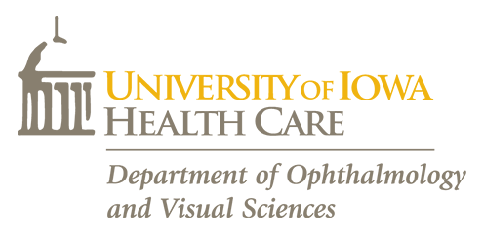PURPOSE:
To describe the visual and structural outcome of eyes that developed a dense cataract after laser photoablation for threshold retinopathy of prematurity.
METHODS:
A retrospective review of eight consecutive infants who developed dense cataract(s) after bilateral laser photoablation for threshold retinopathy of prematurity. Of the 10 eyes with cataract, five eyes were treated with a diode laser and five with an argon laser. The stage and zone of the retinopathy of prematurity, number of burns applied, time of onset of the cataract, clinical findings at the time of cataract surgery, and the course after cataract surgery were reviewed.
RESULTS:
Six eyes had zone 1 disease and four had zone 2 disease. The mean number of burns applied per eye was 2532 +/- 856 (range, 1400 to 4500). A cataract was diagnosed a median of 3 [corrected] weeks (range, 1 to 28 weeks) after laser photoablation. Nine of the 10 cataracts were sufficiently dense to preclude a view of the fundus. All 10 eyes had clinical signs suggestive of an inflammatory or ischemic process that included one or more of the following findings: corneal edema, pupillary membrane, iris atrophy, depigmentation of ciliary processes, pigment on the anterior lens surface, posterior synechiae, hyphema, and shallow anterior chamber. Nine eyes underwent cataract surgery. Five of the 10 eyes had retinal detachment ranging in severity from stage 4A to stage 5 at the time of cataract surgery. Nine of the 10 eyes progressed to phthisis bulbi and no light perception.
CONCLUSIONS:
A dense cataract developing in the eye of an infant after laser photoablation for threshold retinopathy of prematurity is associated with a poor visual prognosis. The constellation of associated clinical findings appears to be most consistent with anterior segment ischemia.
Cataract and phthisis bulbi after laser photoablation for threshold retinopathy of prematurity.
Journal:
American Journal of Ophthalmology.
Additional Information:
2000 May;129(5):585-91.
Publication Date:
May 1 2000
Pubmed ID:

